For years, Blackmagic Design has been known for pushing the boundaries of digital filmmaking technology, offering high-quality cinema cameras at prices that challenge industry norms. From its early days as a disruptor to becoming a respected force in Hollywood and beyond, the company has continuously redefined what is possible in professional cinematography. The release of the URSA Cine 12K LF represents Blackmagic’s most ambitious move yet—one that signals its evolution from an underdog to an industry leader. With cutting-edge RGBW sensor technology, 12K resolution, and Netflix approval, this camera is setting new standards, making high-end filmmaking more accessible than ever before. But beyond specs and price tags, the real story is about a company that has revolutionized how movies are made, empowering filmmakers with tools once thought to be exclusive to major studios. The URSA Cine 12K LF isn’t just another camera—it’s a statement.

Blackmagic URSA Cine 12K LF is the biggest leap forward I’ve seen since the DSLR revolution.
Shane Hurlbut, ASC
The Disruptive Innovation That’s Changing the Industry
Blackmagic Design has long been an industry disruptor, but with the introduction of the URSA Cine 12K LF, the company has solidified its place among the giants of cinematography. Renowned cinematographer Shane Hurlbut, ASC—the same visionary who pioneered the use of DSLRs in Hollywood with Act of Valor (read more about it here)—has hailed the URSA Cine 12K LF as “the biggest leap forward I’ve seen since the DSLR revolution.” Such a statement from an ASC cinematographer underscores the magnitude of Blackmagic’s latest innovation. What makes this innovation so disruptive? It’s a combination of groundbreaking RGBW sensor technology, unmatched 12K resolution, cinema-grade dynamic range, and a shockingly affordable $6,995 price tag (full details here). This camera shatters the barriers of high-end cinematography, providing filmmakers with an alternative to traditional industry leaders like ARRI and Sony. For independent filmmakers and large productions alike, this is a game-changer. With Netflix approval (more on that here), this camera is no longer just an indie filmmaker’s dream—it’s now a viable tool for the biggest streaming platform in the world. Moreover, what sets this camera apart is its raw image fidelity. The URSA Cine 12K LF captures images with an astounding level of detail, which allows for extensive manipulation in post-production without degrading image quality. The ability to downsample 12K footage to 8K or 4K results in breathtakingly sharp and noise-free images, giving filmmakers flexibility that was previously exclusive to cameras costing five times as much. For those interested in witnessing this groundbreaking camera in action, Blackmagic and Hurlbut have organized a free live demo event. You can register here: Blackmagic URSA Cine 12K LF Demo.
The Power Behind the URSA Cine 12K LF
At the heart of the URSA Cine 12K LF is an RGBW sensor technology that challenges industry standards. Unlike conventional sensors, Blackmagic’s new design dramatically improves color reproduction, dynamic range, and low-light performance, making it a worthy competitor to the ARRI ALEXA 35 and Sony VENICE 2 (explore the competition here). With a large-format 12K sensor, this camera delivers cinematic images with an unmatched level of detail and flexibility in post-production. A deep dive into this sensor’s technology reveals how Blackmagic’s approach differs from conventional Bayer sensors. Traditional sensors use a 2×2 pixel arrangement with a mix of red, green, and blue subpixels, which can sometimes lead to color inaccuracies and loss of detail in extreme highlights and shadows. Blackmagic’s RGBW sensor introduces a more advanced arrangement that increases color accuracy and overall light sensitivity. This technology significantly reduces noise and enhances the depth of colors, making it ideal for high-end film production and visual effects workflows. Additionally, the 12K resolution sensor is designed not only for today’s filmmaking needs but also for the future of cinema, where 8K and beyond will become the norm. Unlike other high-resolution cameras that struggle with processing large amounts of data, Blackmagic has optimized its Blackmagic RAW format to provide uncompromised quality while maintaining manageable file sizes. This efficiency allows filmmakers to work on high-end productions without requiring massive storage infrastructures.
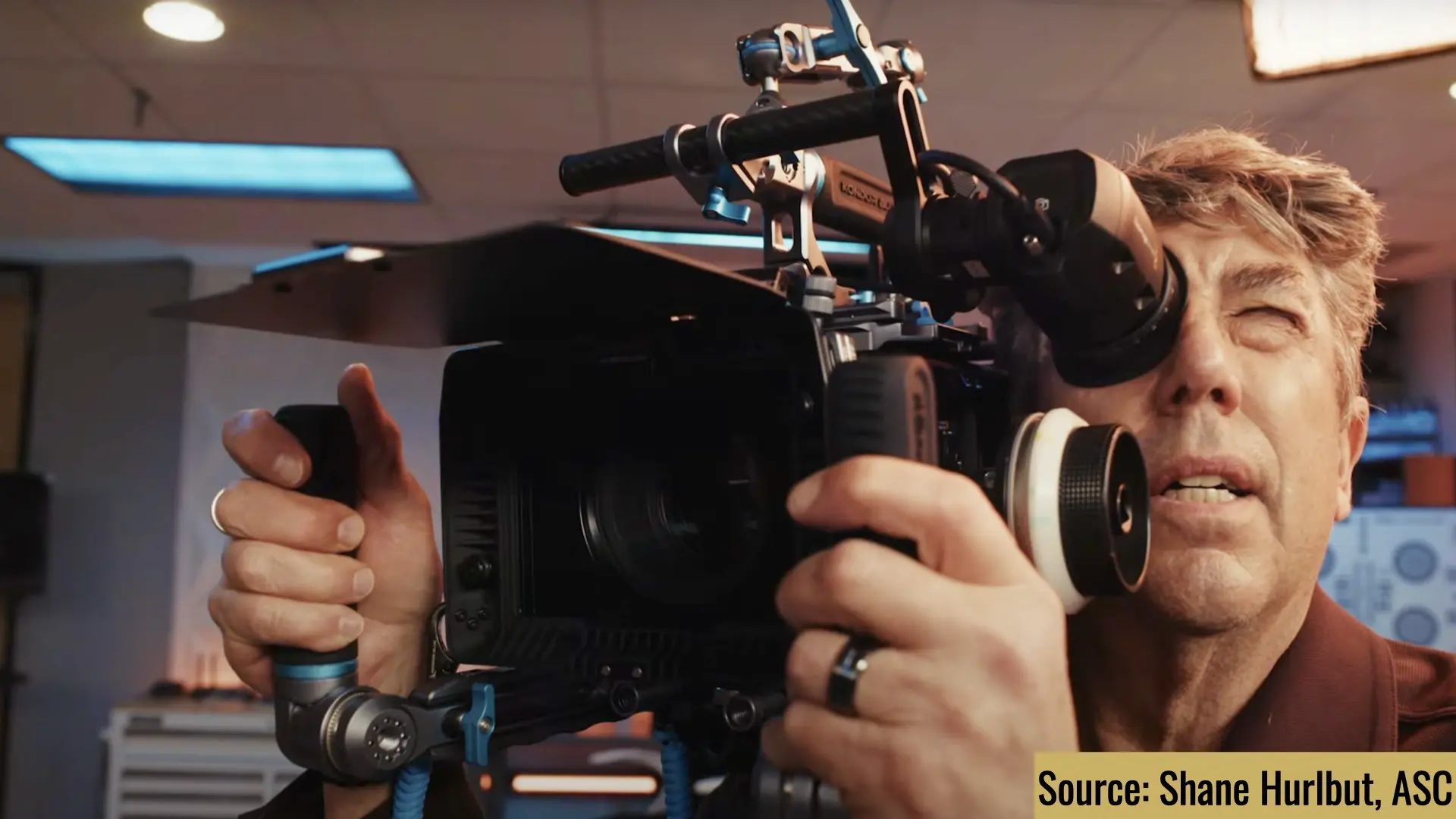
From Underdog to Industry Leader
Blackmagic’s journey to success has been nothing short of revolutionary. Founded with the goal of democratizing filmmaking tools, the company has aggressively invested in R&D to create cameras that offer high-end performance at a fraction of the cost. CEO Grant Petty’s vision has always been clear—high-quality filmmaking should not be limited to those with deep pockets. (Read his thoughts on Blackmagic’s future). In the early days, Blackmagic was dismissed as an underdog, competing against industry titans like ARRI, RED, and Sony. However, their strategy of delivering high-quality products at disruptive price points began to pay off. From the first Pocket Cinema Camera to the URSA Mini Pro series, Blackmagic steadily built a reputation for innovation and affordability. The company revolutionized post-production workflows with DaVinci Resolve, which became the industry standard for color grading and editing. Blackmagic’s bold approach has often been met with skepticism from traditionalists in the industry. Many assumed that high-end cinematography required exorbitantly priced gear, but Blackmagic’s affordable yet professional tools challenged that notion. By integrating cutting-edge sensor technology, internal raw recording, and intuitive software, Blackmagic created a workflow ecosystem that rivals some of the most expensive Hollywood setups. The release of the URSA Cine 12K LF marks the pinnacle of Blackmagic’s journey. It’s no longer just a brand for independent filmmakers—it’s a serious contender in Hollywood productions.
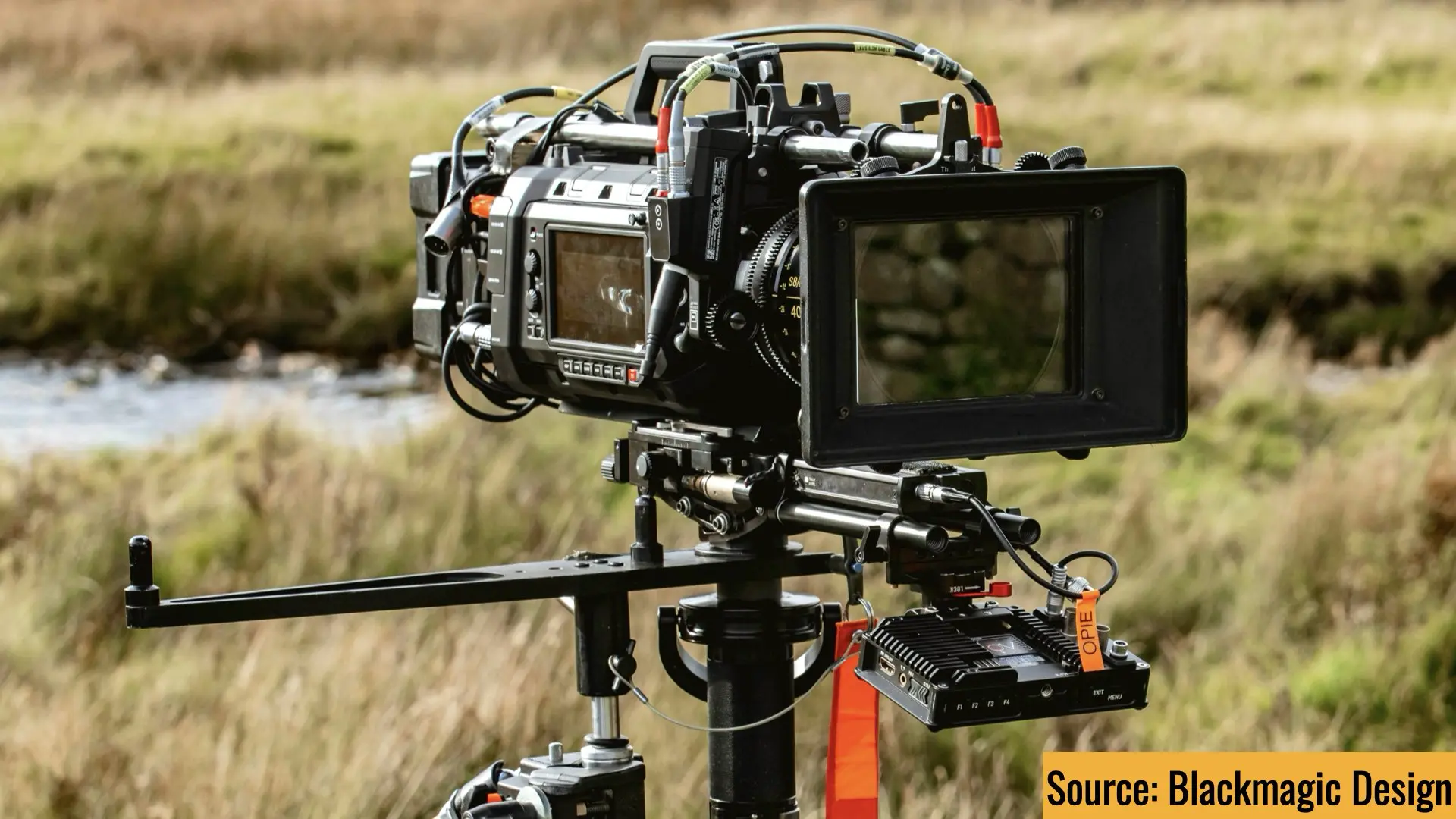
The Stepping Stone to an Even Greater Future
The URSA Cine 12K LF is more than just a camera—it represents Blackmagic’s springboard into a new era. With a proven ability to push boundaries, it won’t be surprising if this camera becomes a dominant choice on high-end productions. In fact, some speculate that Blackmagic is positioning itself to compete directly with IMAX and large-format cinema cameras (as previously discussed here). Blackmagic’s strategy is clear: disrupt the status quo and redefine high-end filmmaking. With the URSA Cine 12K LF, the company has proven that professional cinematography doesn’t have to be an elite luxury—it’s now accessible to everyone. With the rapid advancements in Blackmagic’s technology, could Apple eventually buy the company to further integrate high-end cinematic tools into its ecosystem? (A fascinating discussion here).
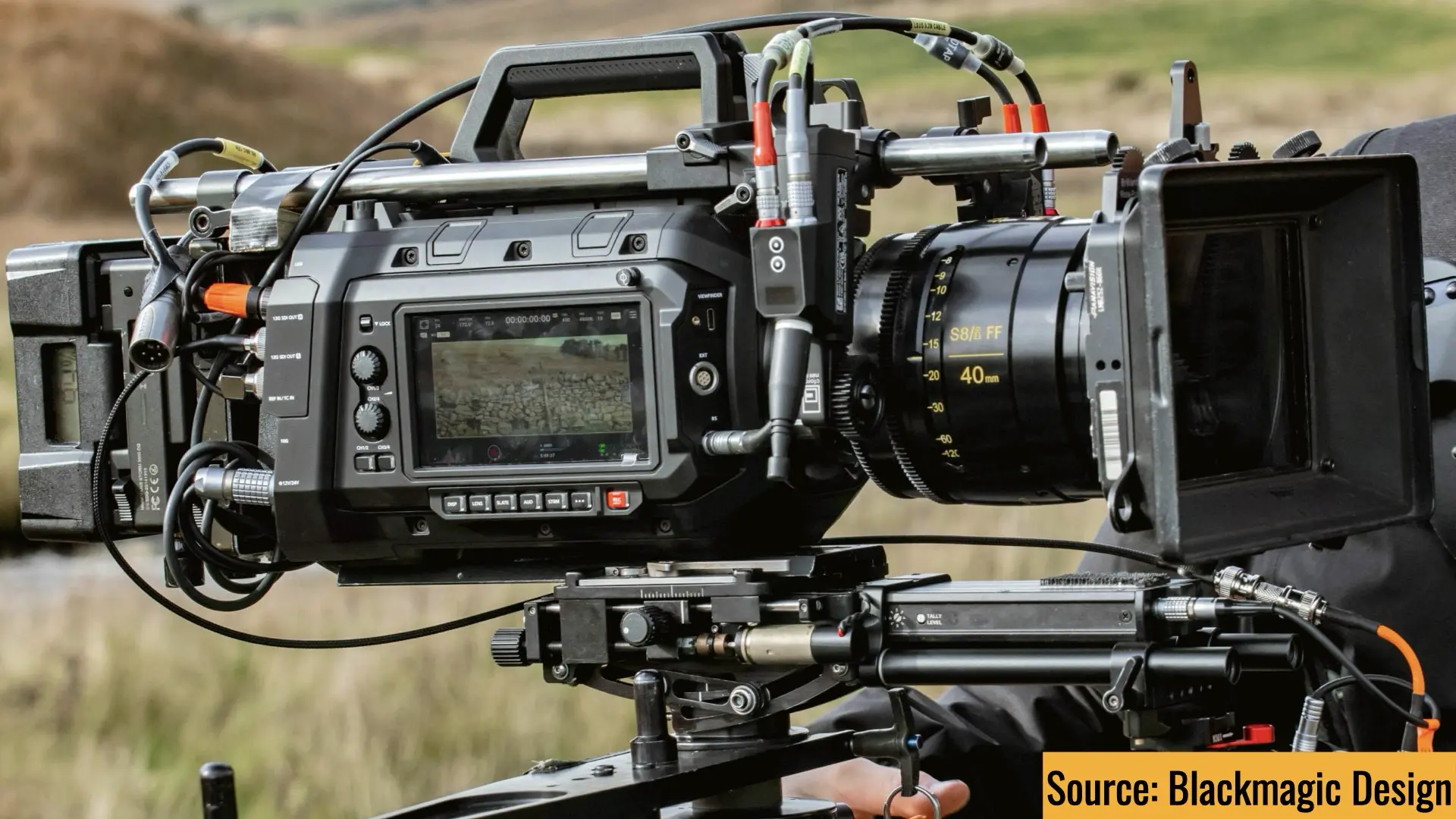
Strategies for Overcoming Challenges
Despite its impressive innovations, Blackmagic Design still faces significant challenges in competing with well-established brands like ARRI, Sony, and RED. Here are some strategies the company could implement to strengthen its position:
- Expand Support for Industry Standards: While Blackmagic cameras have gained popularity, increasing compatibility with widely used cinema workflows and third-party accessories could attract more high-end productions.
- Enhance Customer Support and Service Centers: One common criticism is the lack of widespread repair centers. Expanding service networks would improve reliability for professional filmmakers.
- Invest in Marketing and Brand Awareness: While Blackmagic is well-known among indie filmmakers, broader marketing efforts could help establish the brand as a mainstream choice for high-budget productions.
- Develop More High-End Lenses and Accessories: By offering a dedicated ecosystem of lenses, rigs, and accessories tailored to their cameras, Blackmagic could create an end-to-end filmmaking solution.
- Strengthen Relationships with Hollywood Studios: Partnering with major studios and providing exclusive camera technology for high-profile films could boost Blackmagic’s credibility in the industry.
- Continue Software Innovation in DaVinci Resolve: Further enhancing AI-driven tools and cloud-based workflows could give Blackmagic an edge over competing post-production software.
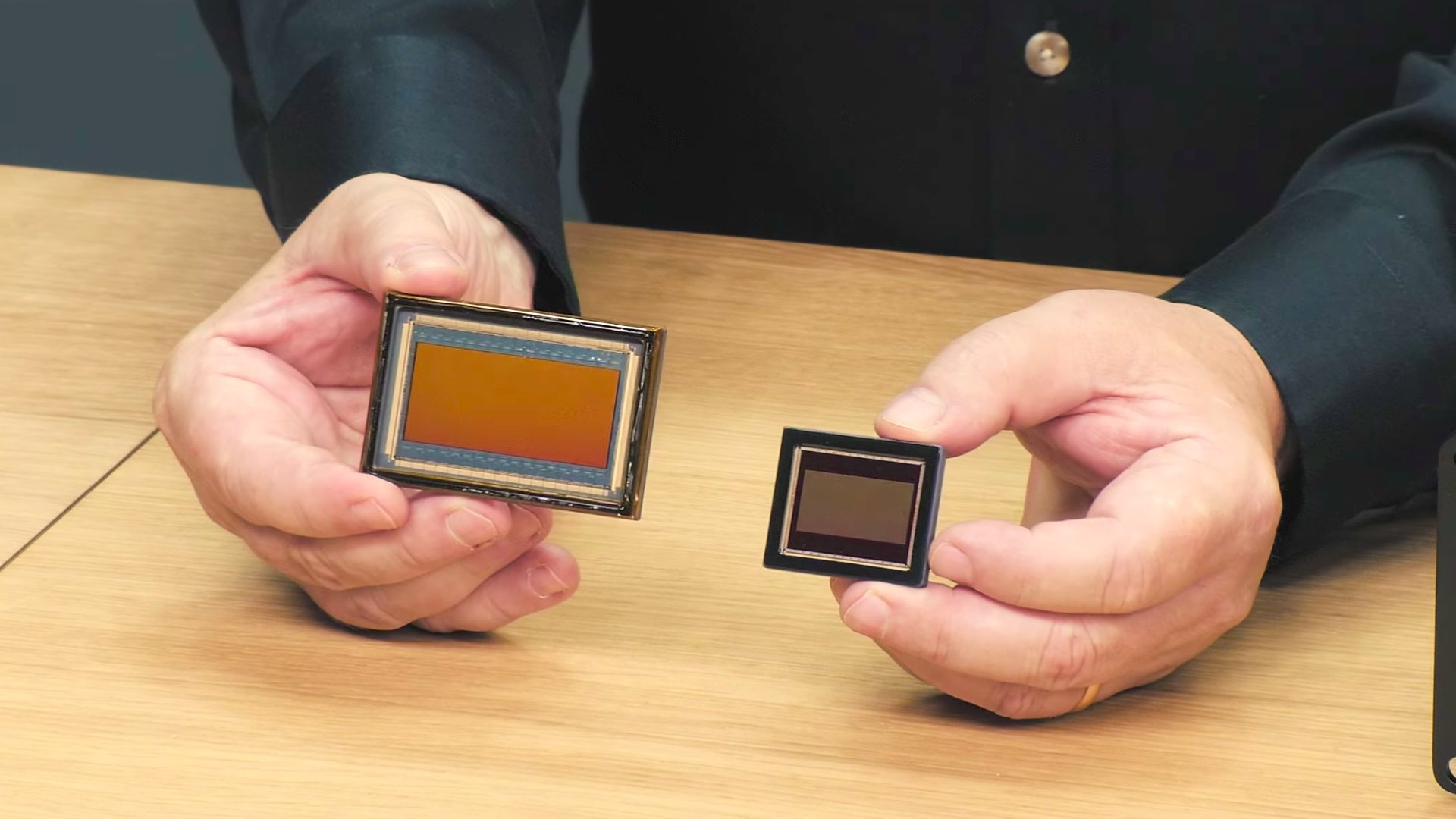
Final Thoughts
Blackmagic Design has always been a company that challenges expectations. From making high-quality cameras available to independent filmmakers to offering industry-standard software like DaVinci Resolve for free, it has consistently pushed the boundaries of what professionals can achieve without breaking the bank. With the URSA Cine 12K LF, Blackmagic is taking this mission to the next level—proving that even the most demanding cinematic productions can be shot with a camera that costs a fraction of its competitors. This latest release is more than just a technical achievement; it represents a paradigm shift in how filmmakers think about resolution, dynamic range, and affordability. It’s no longer just a brand for indie creators—it’s a real contender in high-end Hollywood productions. The bigger question now is: What’s next? Will Blackmagic continue to disrupt traditional industry leaders like ARRI and RED? Could we see larger-format sensors or even a push toward IMAX-grade digital cinematography? Given the company’s track record, innovation is a certainty—and the rest of the industry will have to keep up. One thing is clear: Blackmagic is no longer chasing respect—it has already earned it.
Here are the featured products and where you can buy them:
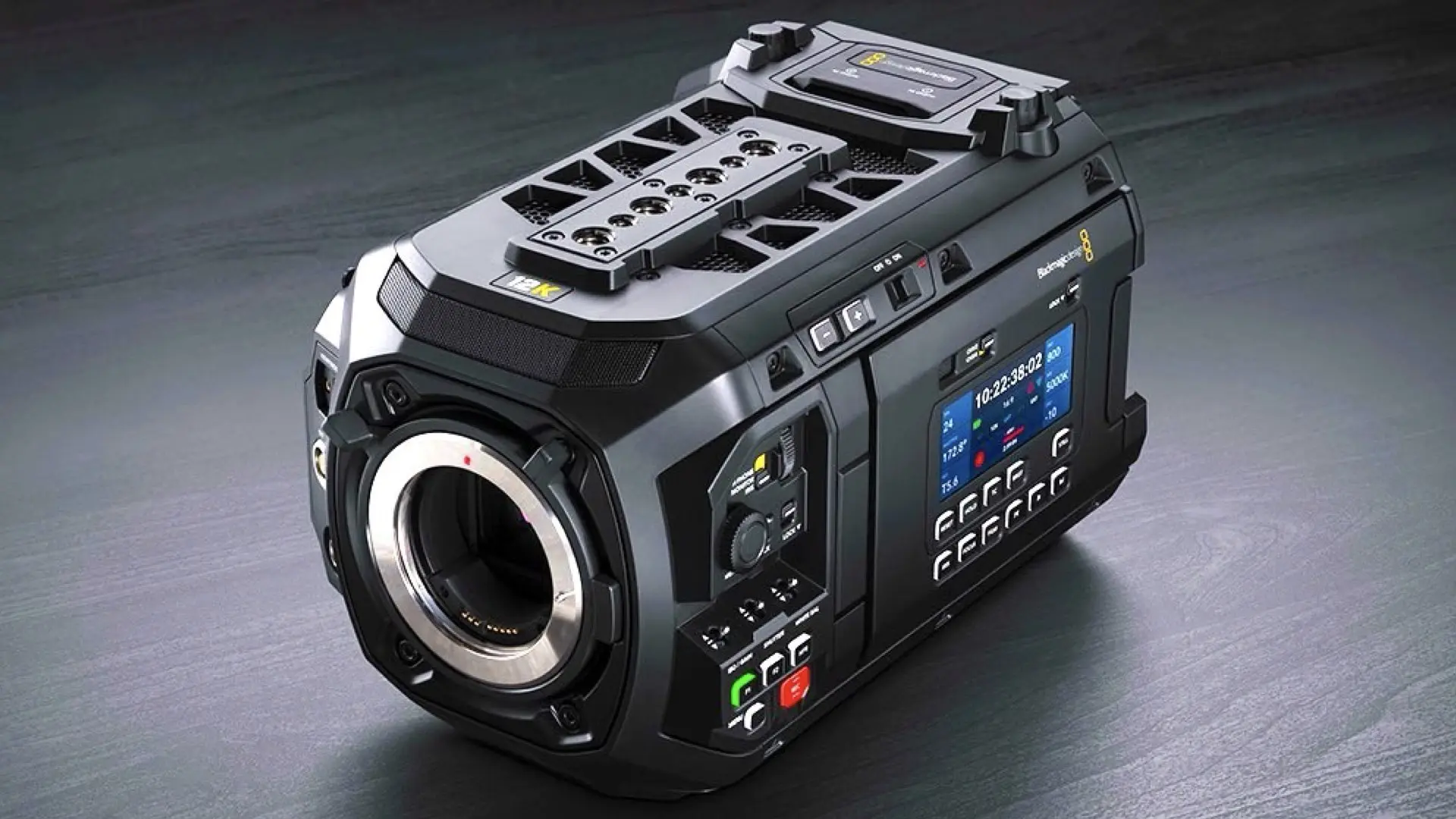


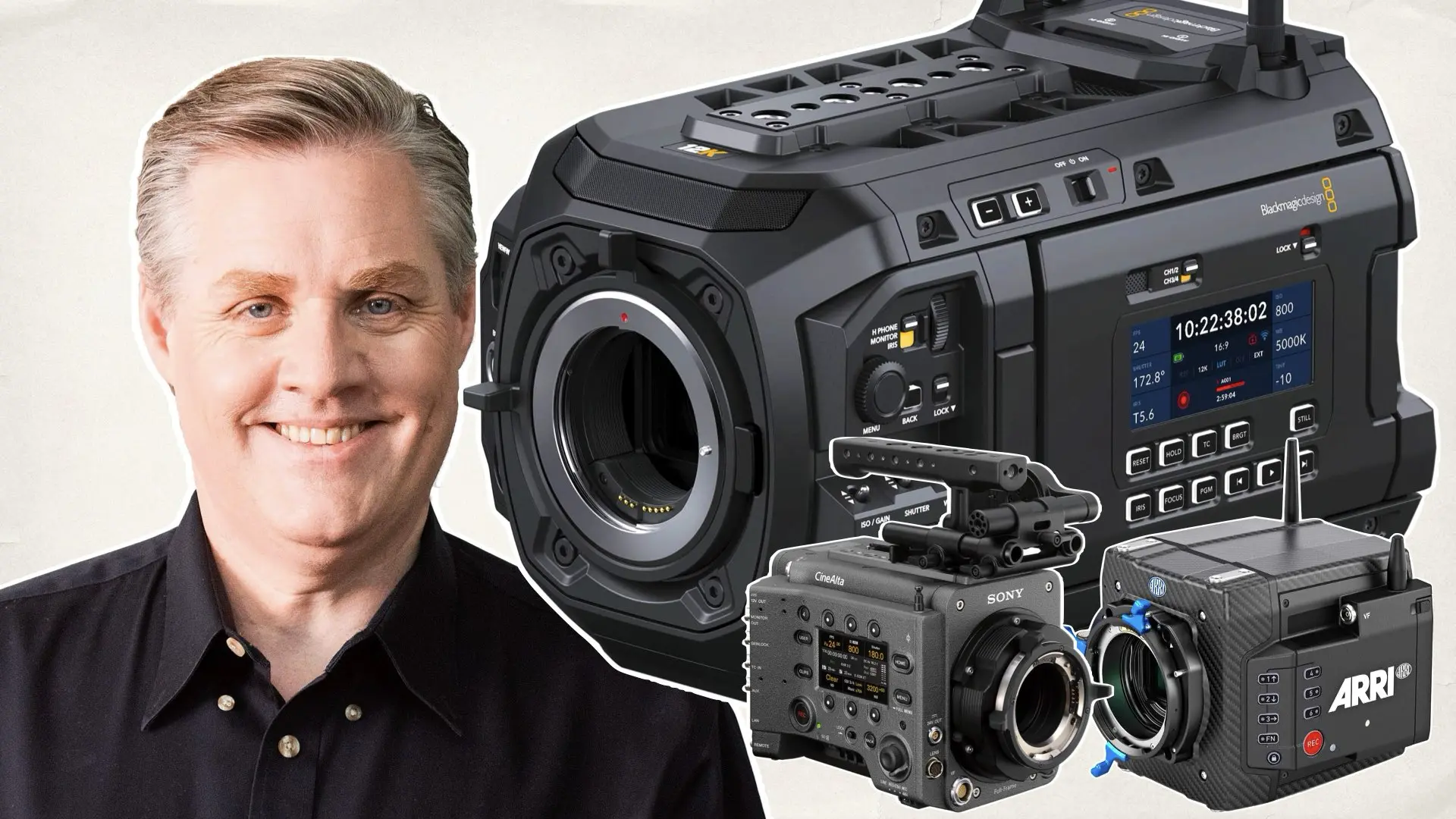

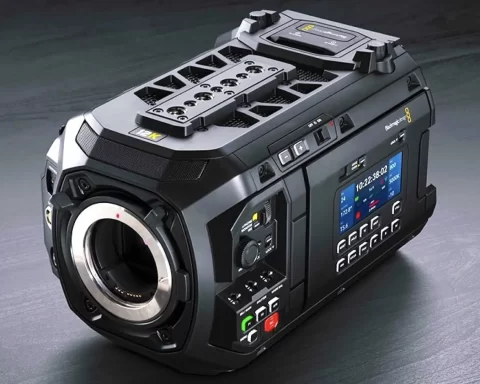
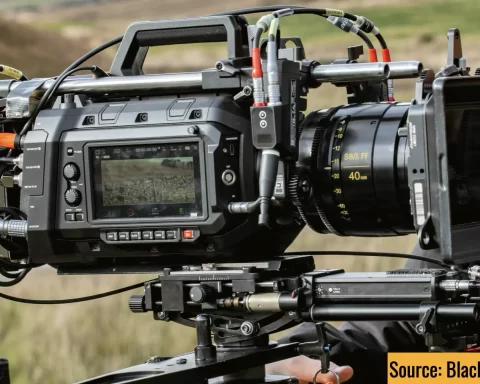
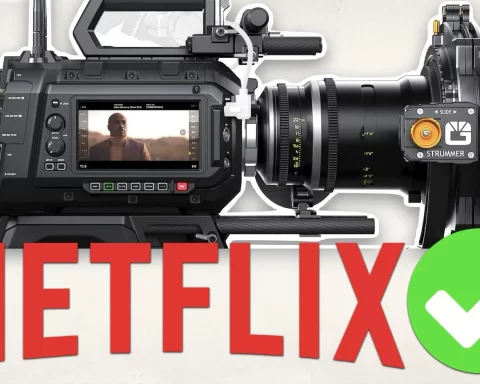
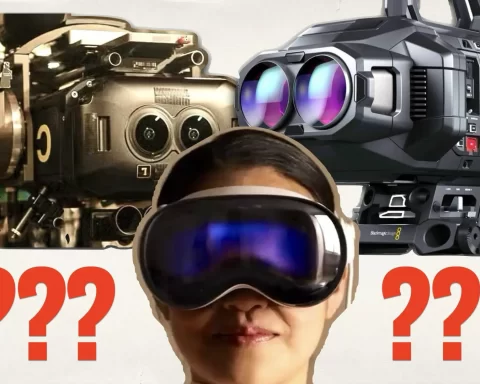
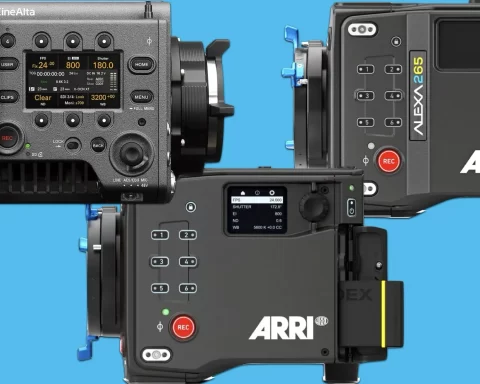

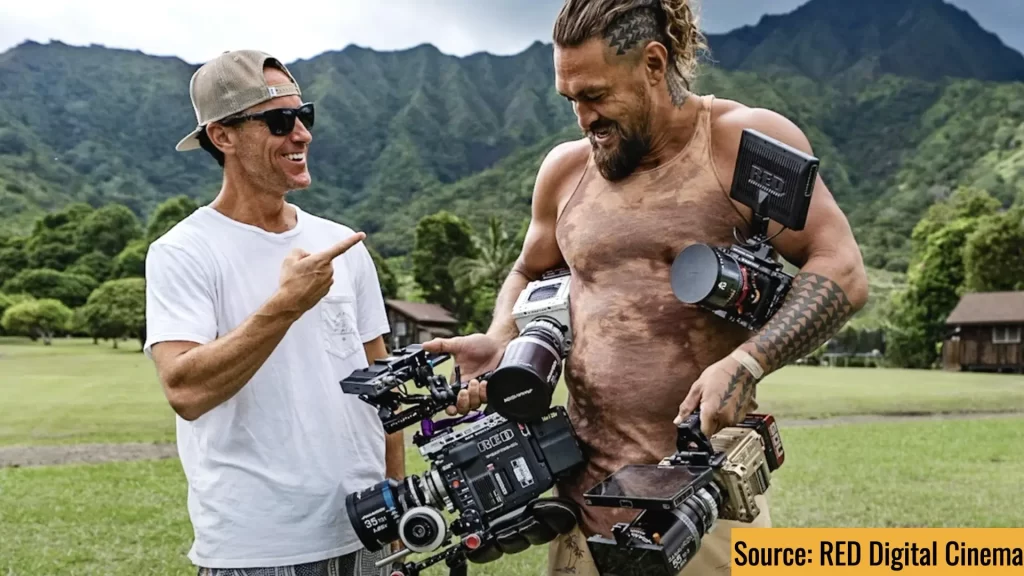
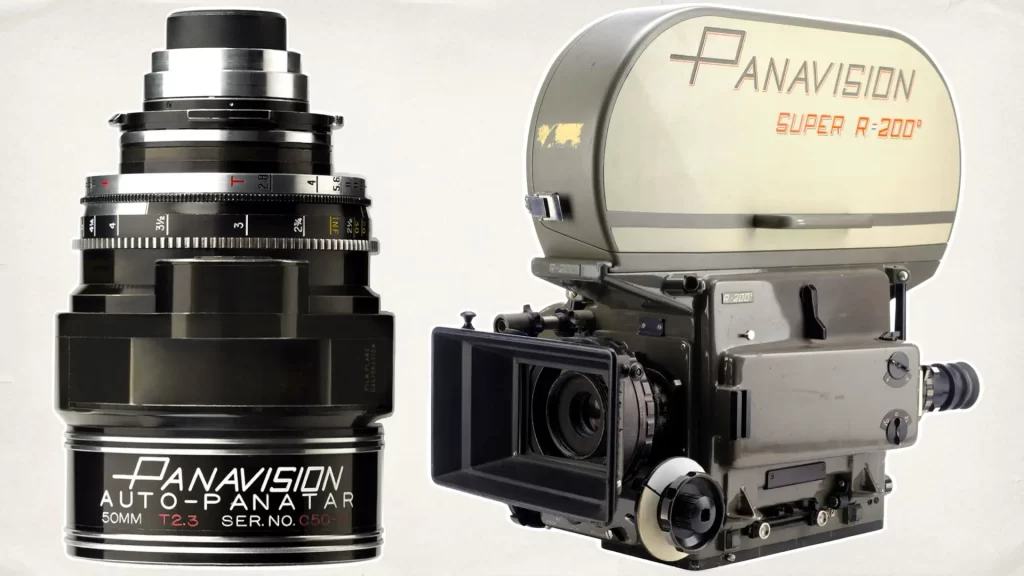
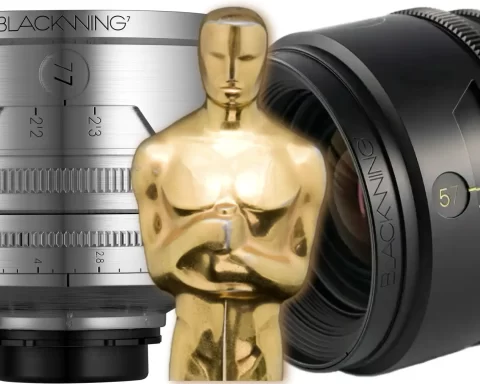



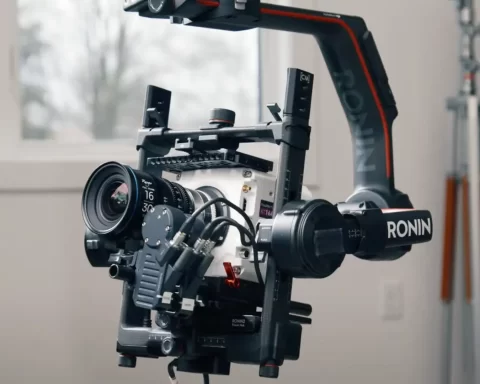

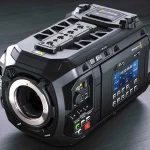
One of the rare blogs that still values real research and expert insights over AI-generated fluff. That’s why I keep coming back. Love this blog!
Hey THX! ☺️
Yossy
Interestingly, almost no one uses BMD cameras at the Oscars and Grammys now
As if anyone cares about that nonsense…